Behind the Scenes of the Last Mission to Repair the Hubble Space Telescope
Photographer Michael Soluri shares an intimate look at the team that saved the iconic observatory
This week, the Hubble Space Telescope celebrates its 25th anniversary. Orbiting 343 miles above Earth, the telescope has captured the ancient light of the universe—from far-away galaxies to exploding stars. Named after the early 20th-century astronomer, Edwin Hubble, who first proposed that the universe was expanding, the telescope has taken astronomy to levels he never could have foreseen. Because of its position above the atmosphere, it has been able to see farther than any ground-based telescopes, helping to determine the age of the universe and the existence of dark energy, the enigmatic force that is causing the cosmic expansion to accelerate.
While Hubble has been widely reported as a testament of human technological achievement, photographer Michael Soluri felt that the people and the humanity of the endeavor had been left out of its narrative. Over the course of three years, Soluri documented the STS-125 mission, the fifth and final space shuttle mission to repair Hubble. That flight sent seven astronauts in May 2009 to repair the telescope after an electrical malfunction, an experience he chronicles in his recent book Infinite Worlds: The People and Places of Space Exploration. The repair mission, which included five days of back-to-back space walks, has allowed Hubble to continue to capture the magnificence of deep space.
Soluri and four members of the service mission—Scott Altman, STS-125 shuttle commander; David Leckrone, senior project scientist; Christy Hansen, EVA spacewalk flight controller and astronaut instructor; and Ed Rezac, Hubble systems engineer—gathered at a Smithsonian Associates-sponsored lecture at the Hirshhorn Museum recently to share images from Infinite Worlds and their experiences preparing for the mission.
With unprecedented access to simulations and training, Soluri had the chance to observe mission members both as people and professionals with an enormous responsibility. “I experienced this sense of extraordinary craft and teamwork,” he recalled.
In the wake of the Columbia disaster, members of the STS-125 mission were poignantly aware of the risks of human spaceflight. Soluri attempted to capture the daily details of the people working under this great weight of purpose to show that they are just people: Altman flew planes in Top Gun (1986) and is proud of the fact that his pinky finger makes an on-camera appearance; Rezac once wanted to be a DJ. Soluri documented this humanity in fleeting moments, creating both a tension and drama with images of the everyday objects, from glove fittings to coffee cups.
Soluri says he shot mostly in black and white to capture the sublime nature of the mission. “That sublime aspect comes through in realizing these are people doing their job–but what a job. Full of risk, full of dedication,” Soluri said.
He shared an excerpt from Infinite Worlds in which STS-125 astronaut John Grunsfeld describes a shuttle launch and the risks involved:
“Imagine sitting on 4.5 million pounds of explosive fuel, the chemical energy of which will be converted to the kinetic energy required to send a space shuttle and us flying around the Earth at 17,500 miles an hour. It’s risky to go out in a cloth spacesuit into a vacuum that’s lethal to humans. So why do we take the risk? Why do I take these risks? I take these risks because I think that space exploration and the science that the whole space telescope does is incredibly important to humanity.”
Altman echoed Grunsfeld's sentiment. "There were so many things that could go wrong," he recalled. “Every day I thought it was going to be disaster, and somehow the team working together pulled it off, and we got through."
Despite having repaired Hubble, Altman and his team were sad to miss the release of the new Star Trek film rolling out in theaters back on Earth. But the base team beamed up the movie to them on what was supposed to be their last night in space: “So we’re watching, and it’s the night before we’re supposed to land, and we have the last half of the movie to watch. So it’s on there, and we’re watching it, and I’m looking at my watch like, 'Okay, time to shut her down, it’s lights-out time.' And the crew’s all looking at me like, ‘Oh Dad, c’mon—can’t we stay up and watch a movie?'”
The next astronomical endeavor is the James Webb Space Telescope, which will be stationed 940,000 miles from Earth. For now, however, Hubble is holding up well in orbit. “Hubble is just an incredible instrument," said Altman. "It was an honor to be a part of that mission and serve with that team. It captures cutting-edge science; at the same time, it’s really art, bringing those distant galaxies to us.”
One of Soluri's favorite images is a photo that Grunsfeld took of himself on the last EVA spacewalk—a ‘space selfie’ if you will.
“I realized that this wasn’t the self portrait of John; this was John, an astronaut in 2009 representing mankind," he said. "I realized that what John was doing is that in this picture is a total summation of the last 54 years of American spaceflight. You've got the spaceship you came up on; you’ve got the Earth that he left from; and more importantly—what is he being reflected off of? The Hubble Space Telescope."
A selection of photographs from "Infinite Worlds" is currently on display in the “Outside the Spacecraft: 50 years of EVA” exhibit at the National Air and Space Museum in Washington, D.C through June 8, 2015.
/https://tf-cmsv2-smithsonianmag-media.s3.amazonaws.com/accounts/headshot/Screen_Shot_2018-08-01_at_7.20.11_PM.png)
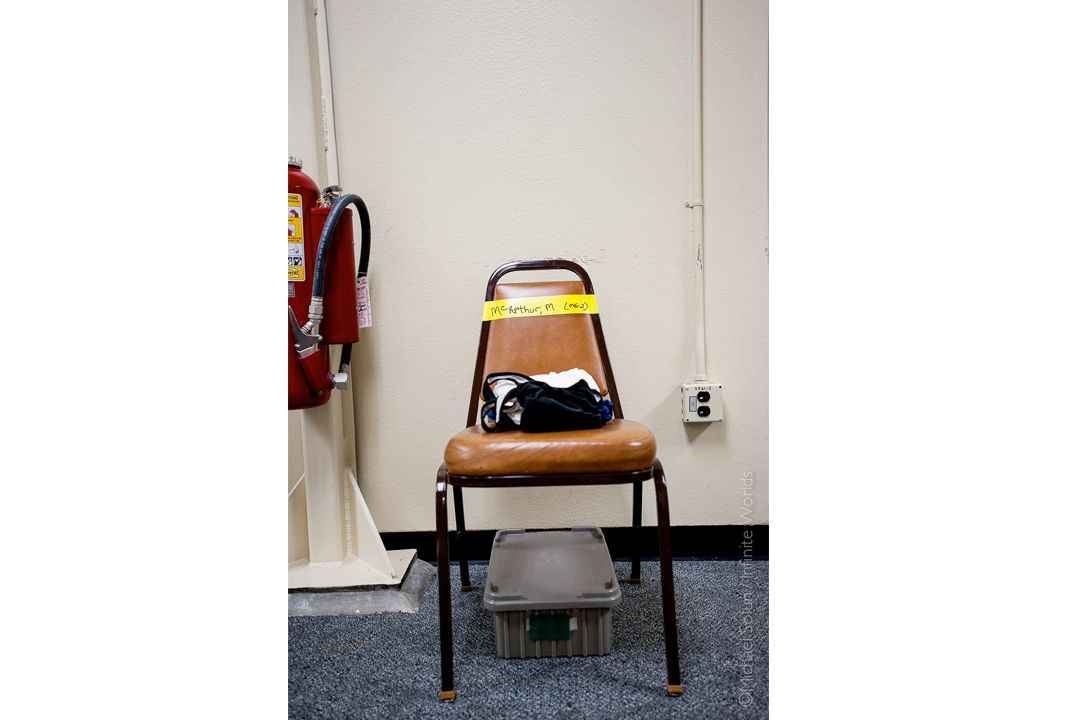
/https://tf-cmsv2-smithsonianmag-media.s3.amazonaws.com/filer/5e/d3/5ed30783-7f83-49b4-99c6-0bfb2ad8c362/rene-resize.jpg)
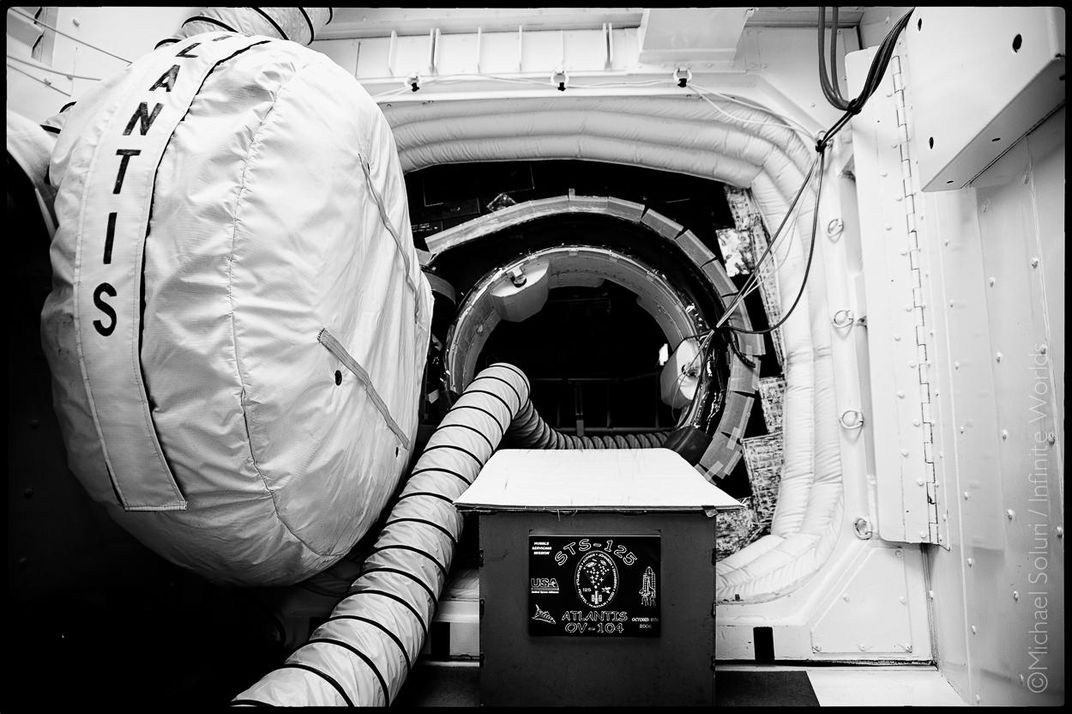
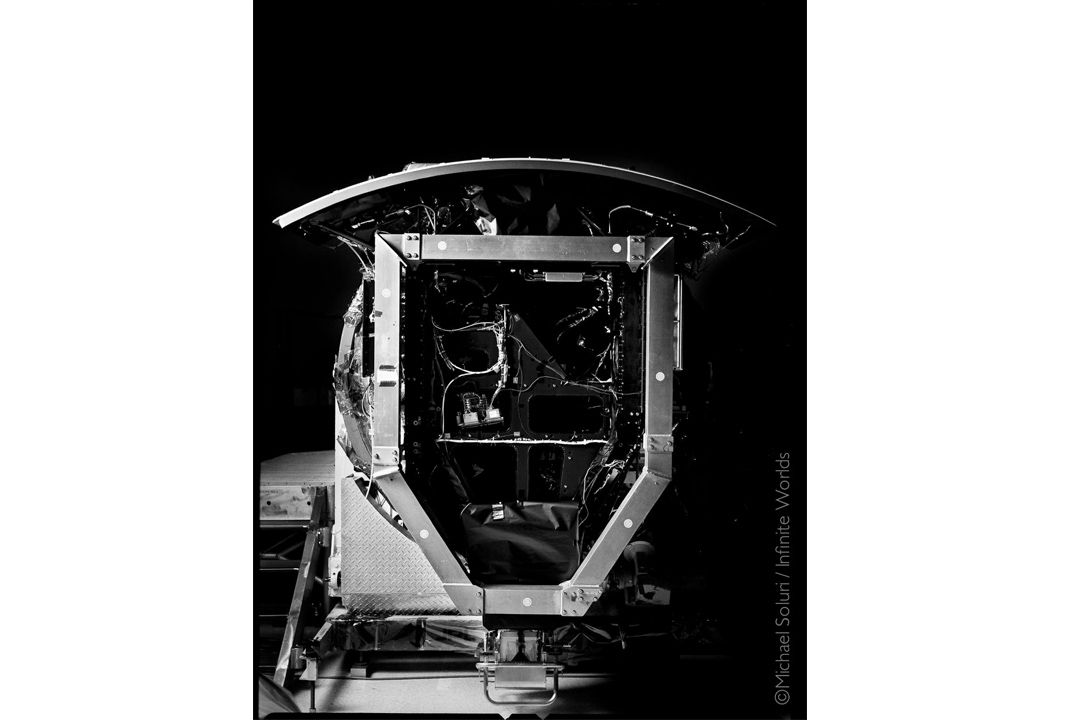
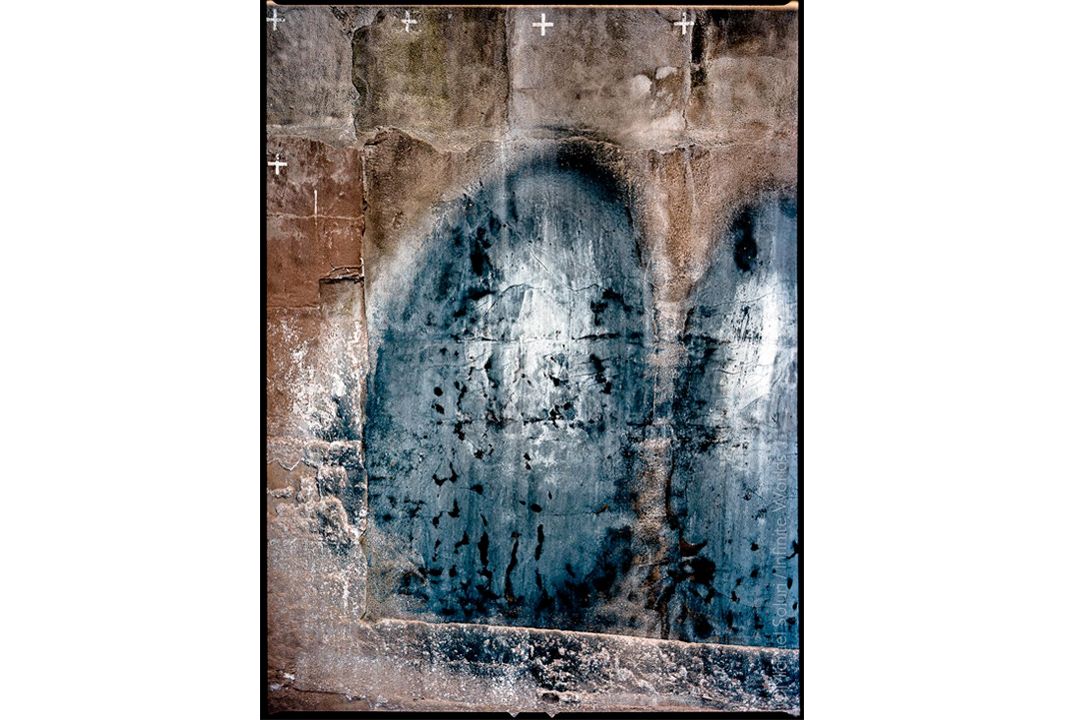
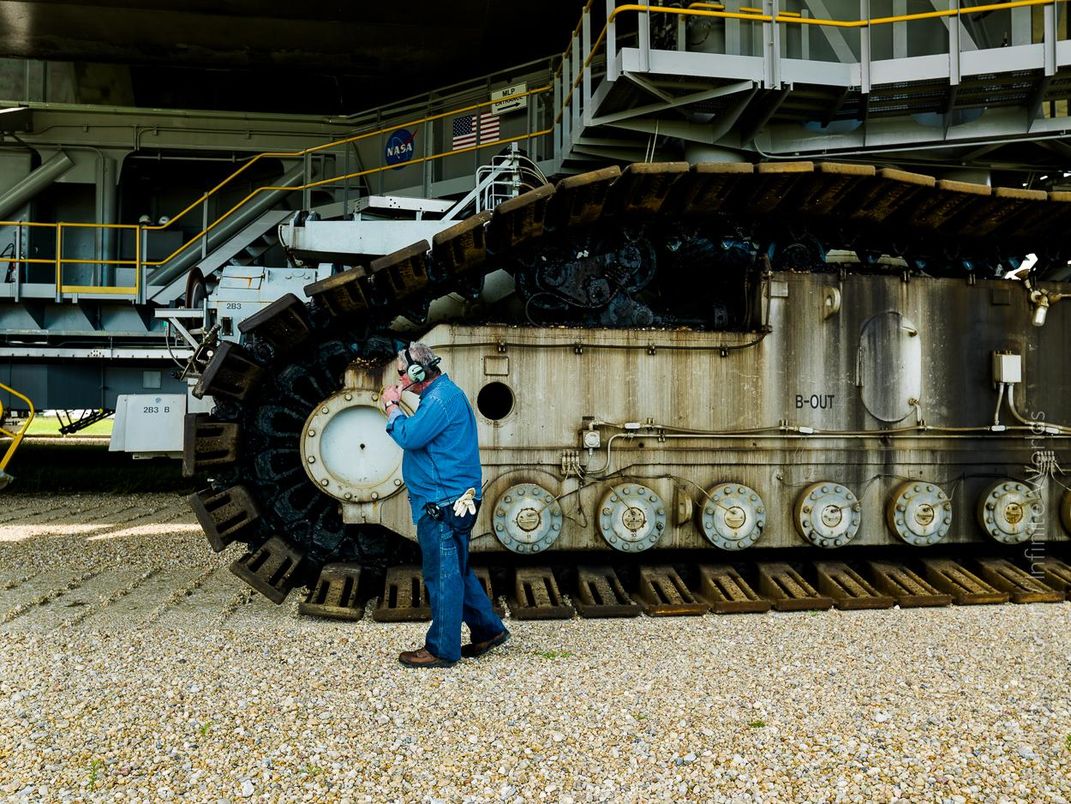
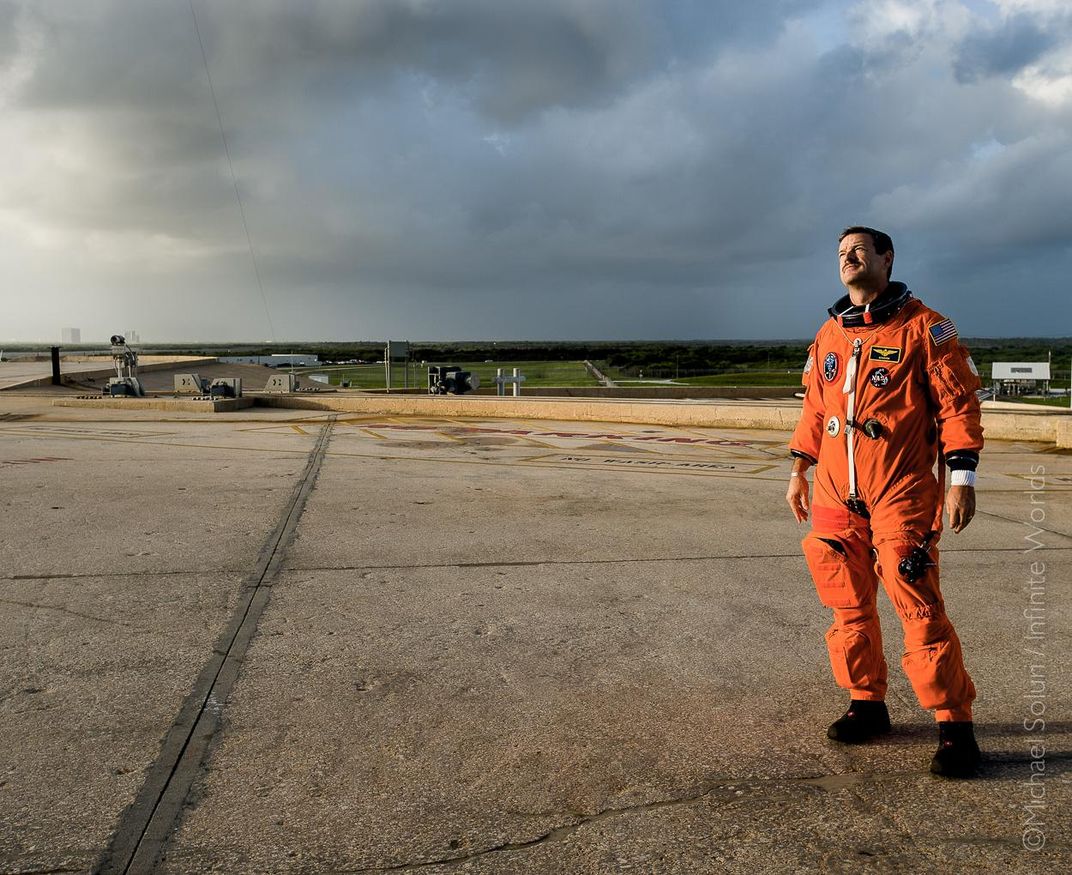
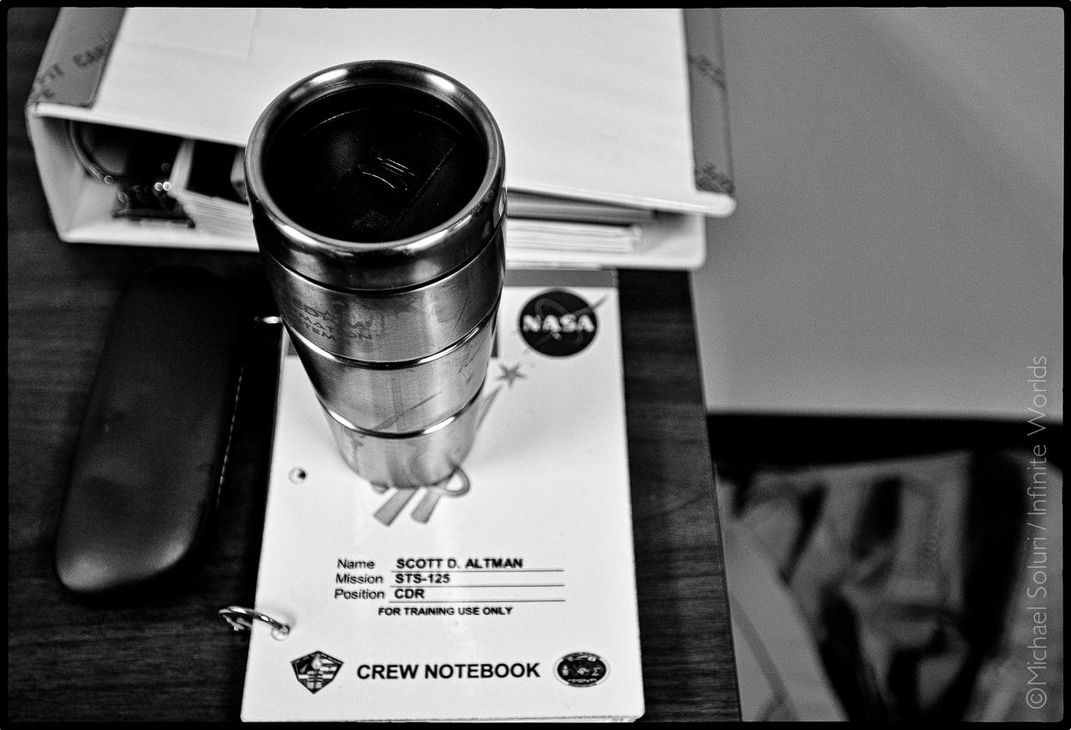
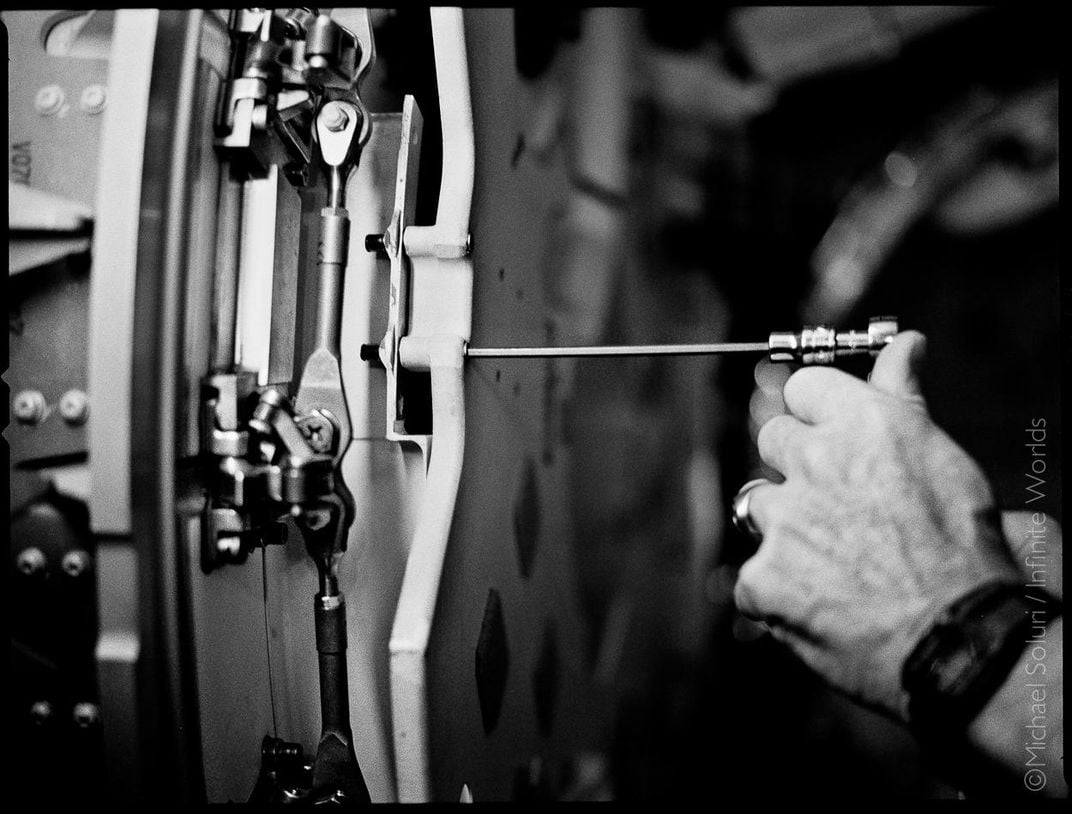
/https://tf-cmsv2-smithsonianmag-media.s3.amazonaws.com/filer/71/ab/71ab7277-01b0-419c-bfa6-f07ad4e45beb/mikeleinbach_portrait.jpg)
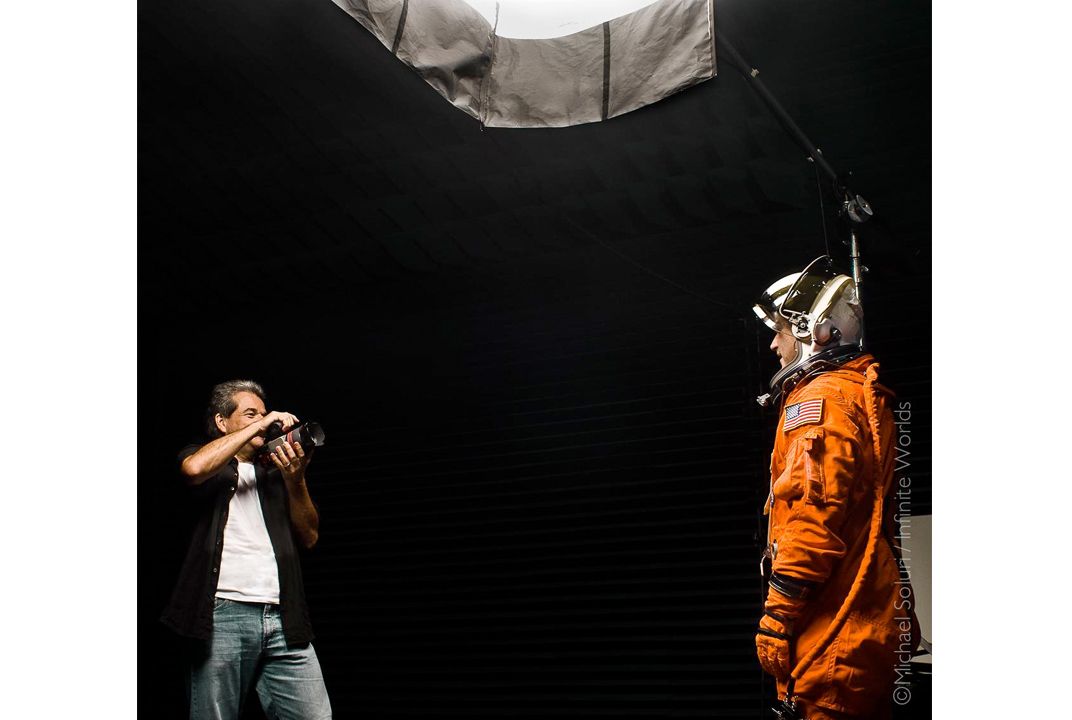
/https://tf-cmsv2-smithsonianmag-media.s3.amazonaws.com/filer/9d/80/9d8045df-1579-49bf-91b1-aad7186deb12/megan-portrait-resize.jpg)
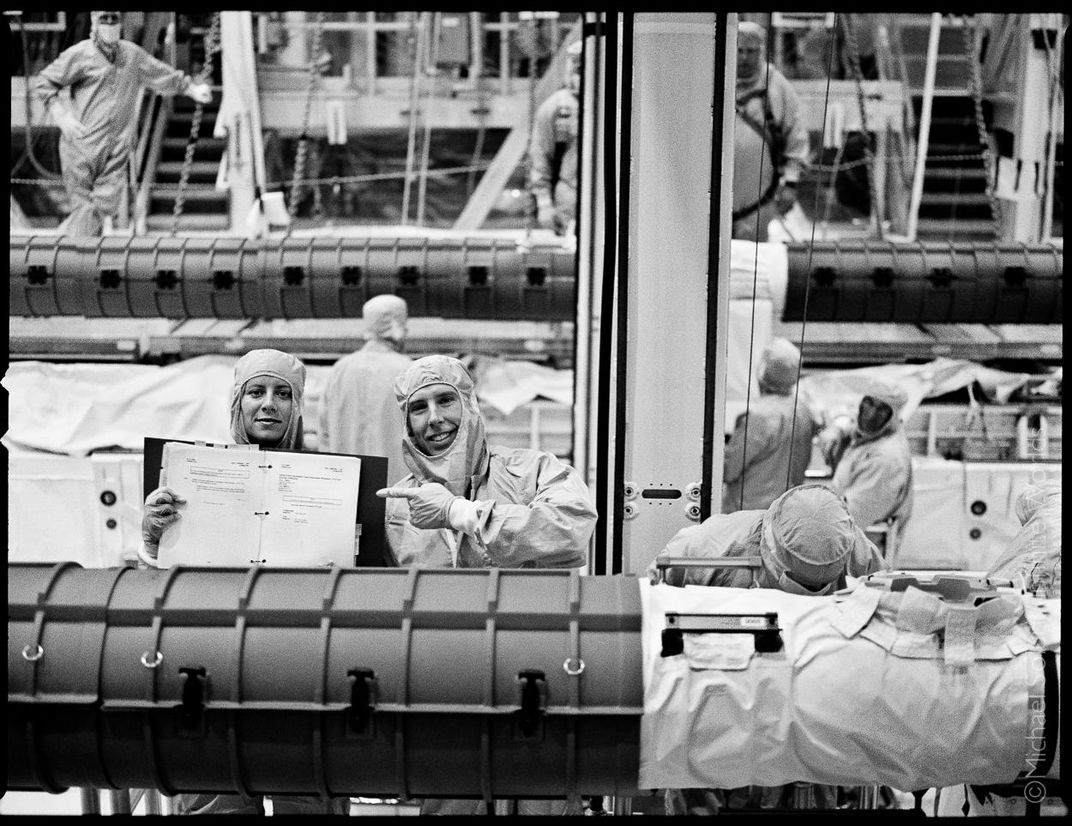
/https://tf-cmsv2-smithsonianmag-media.s3.amazonaws.com/filer/9c/87/9c87bcfb-22a8-4536-af10-d841b779aef9/mark-resize.jpg)
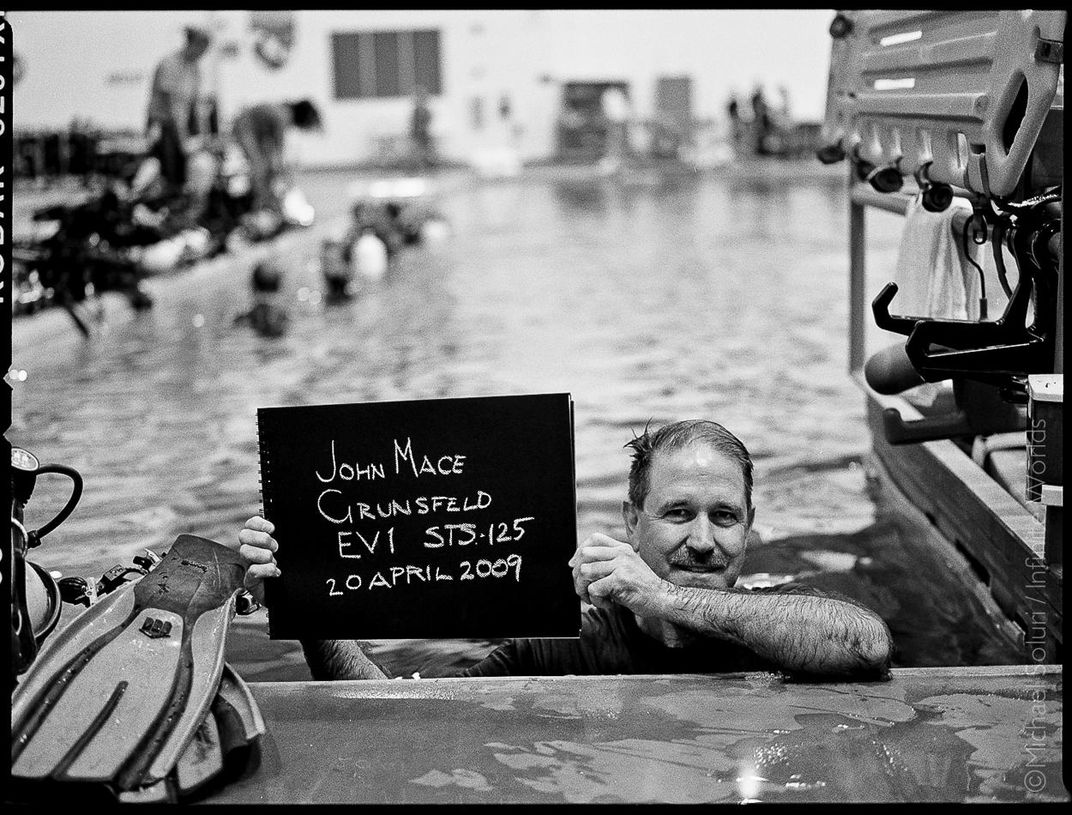
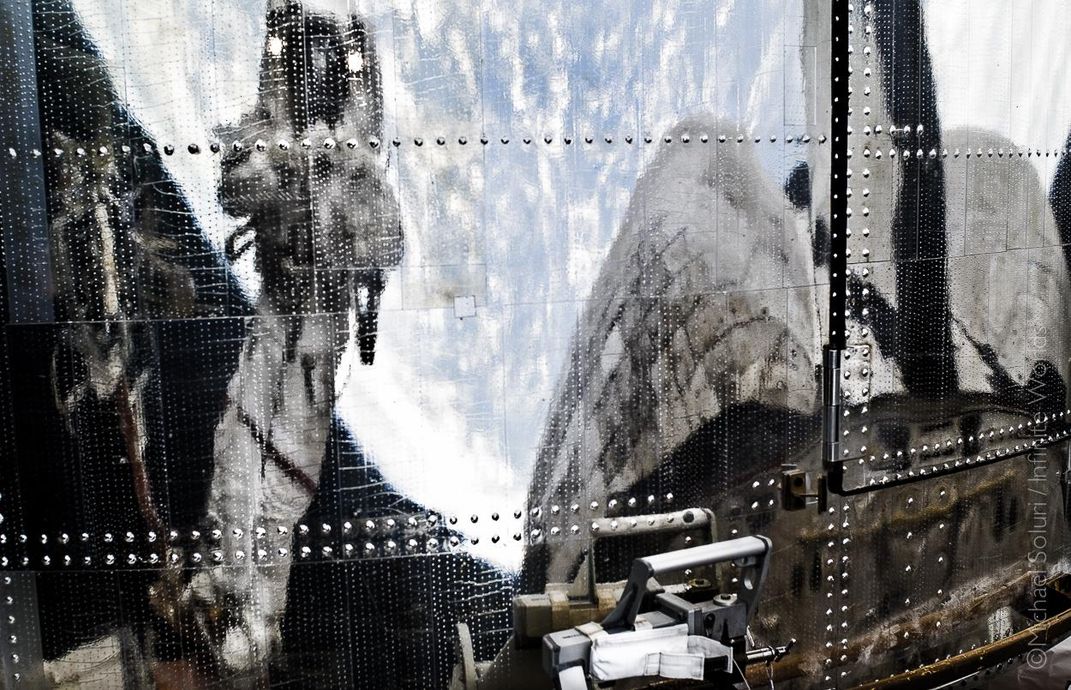
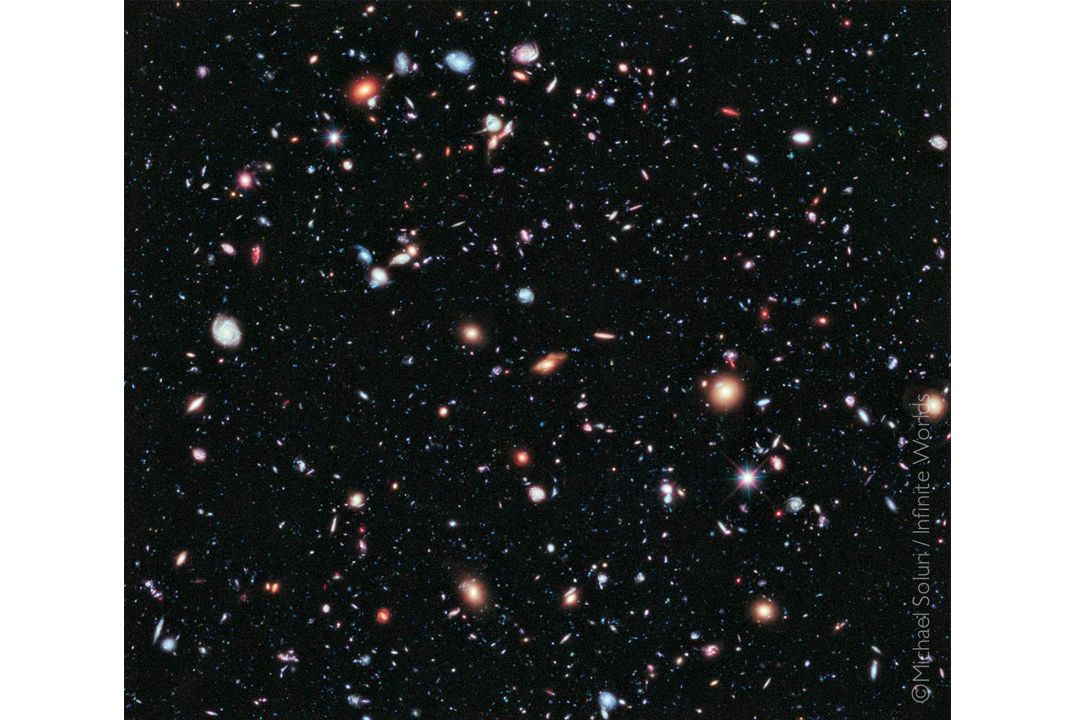
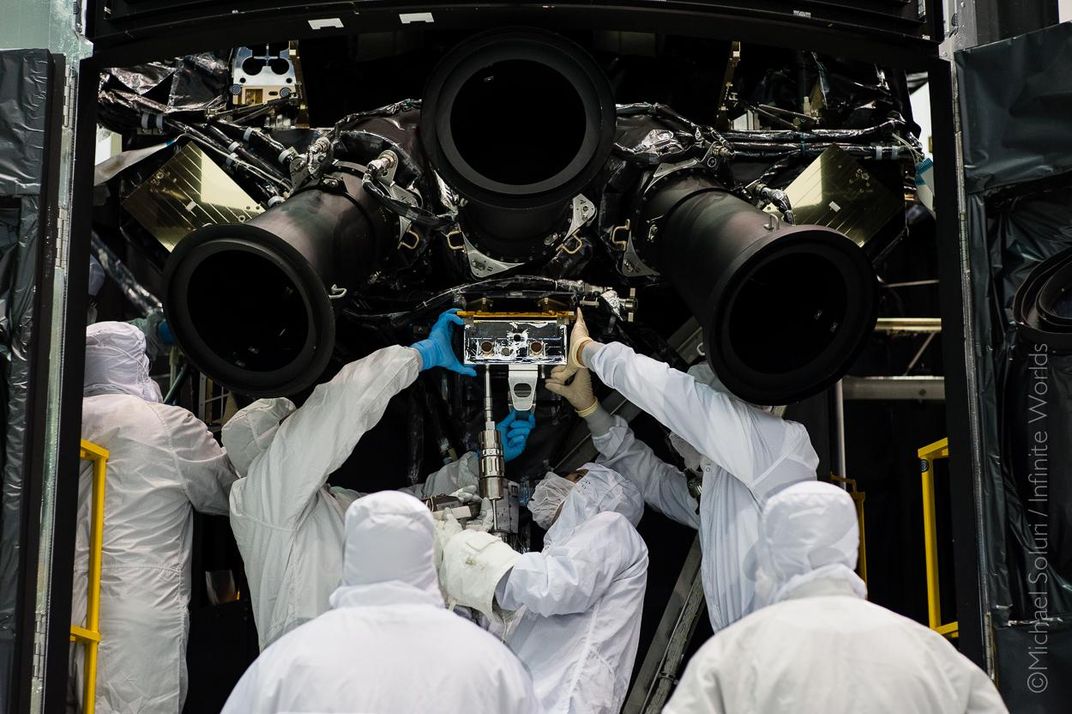
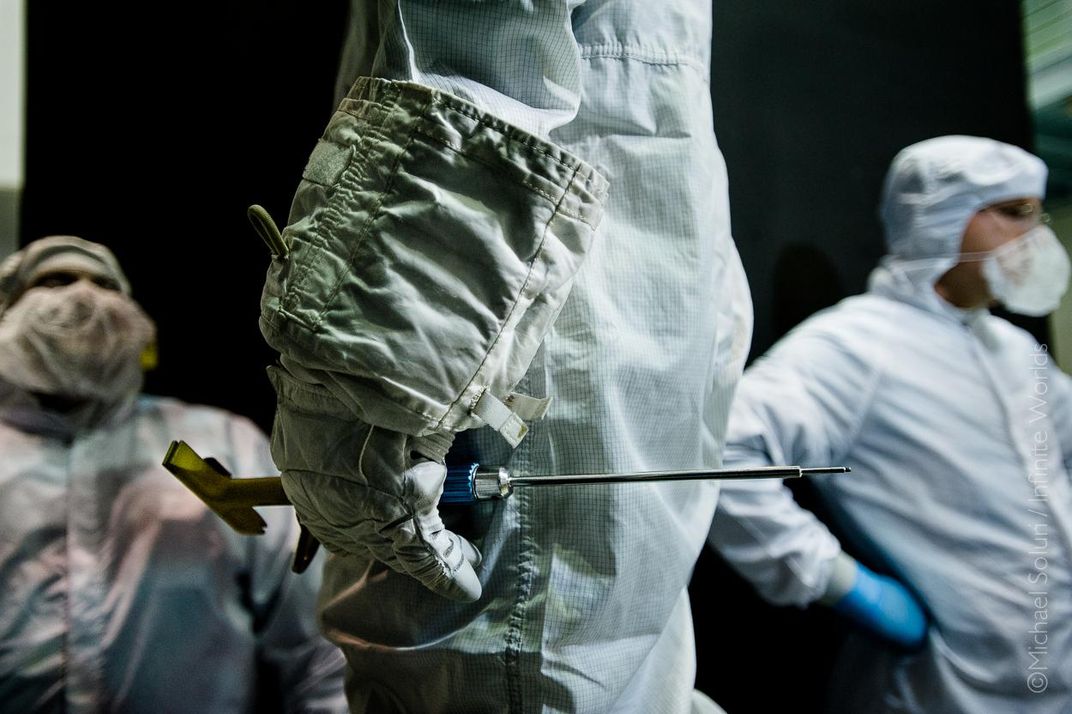
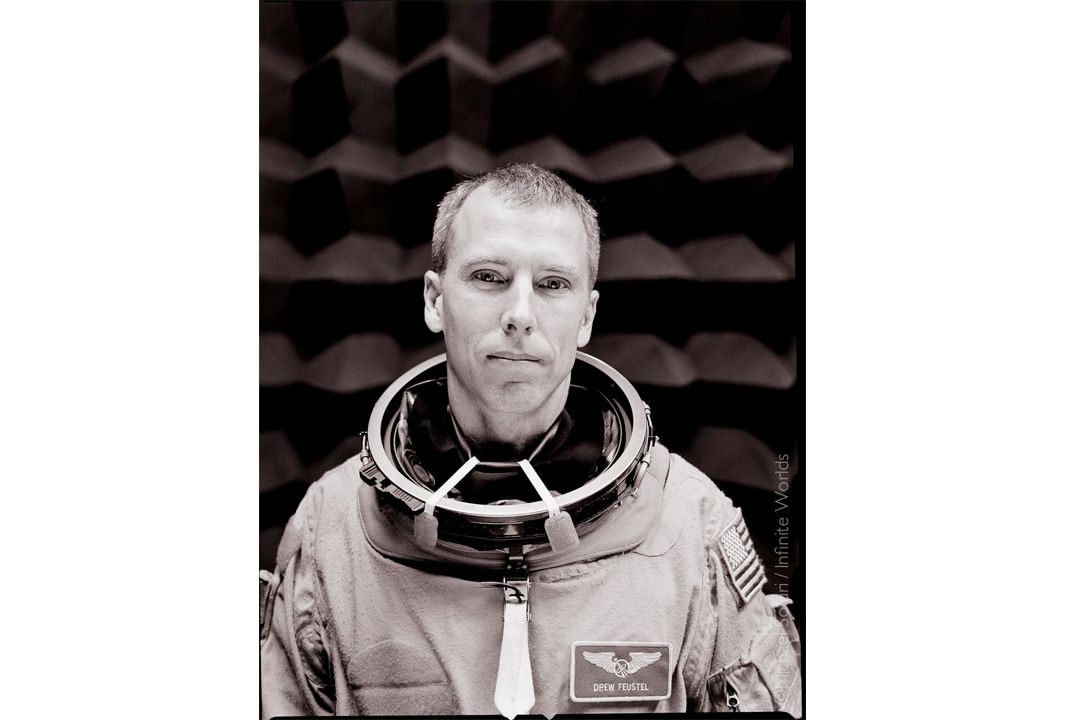
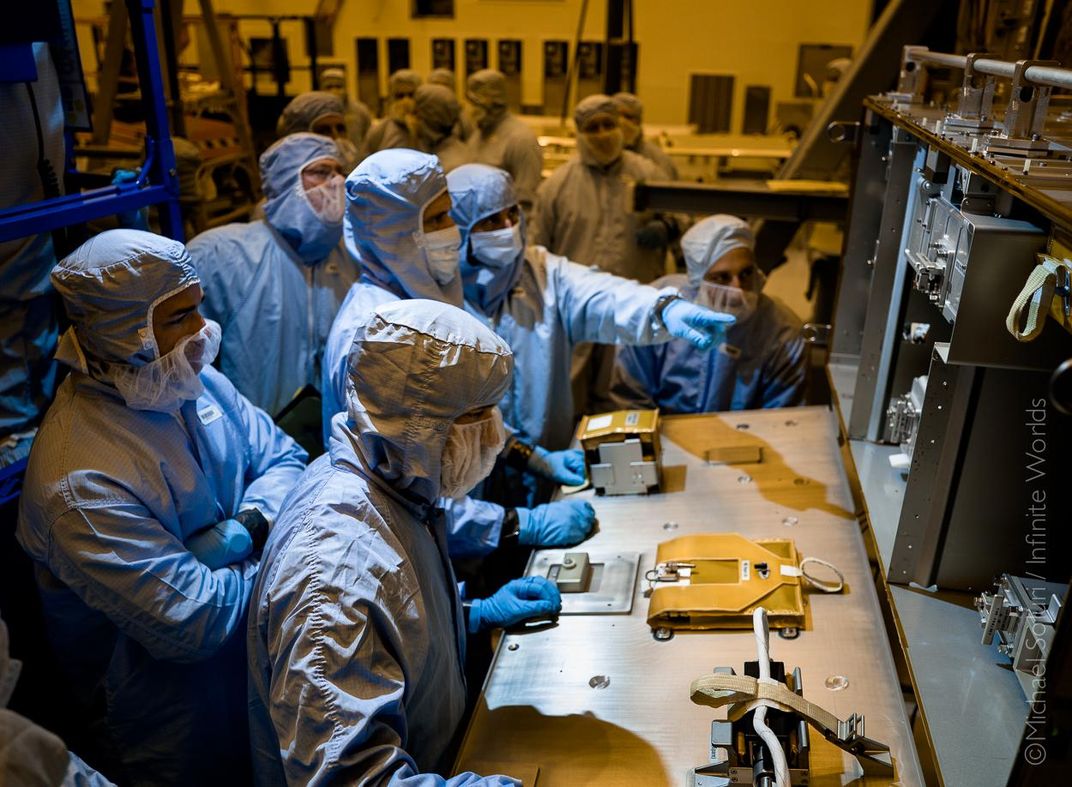
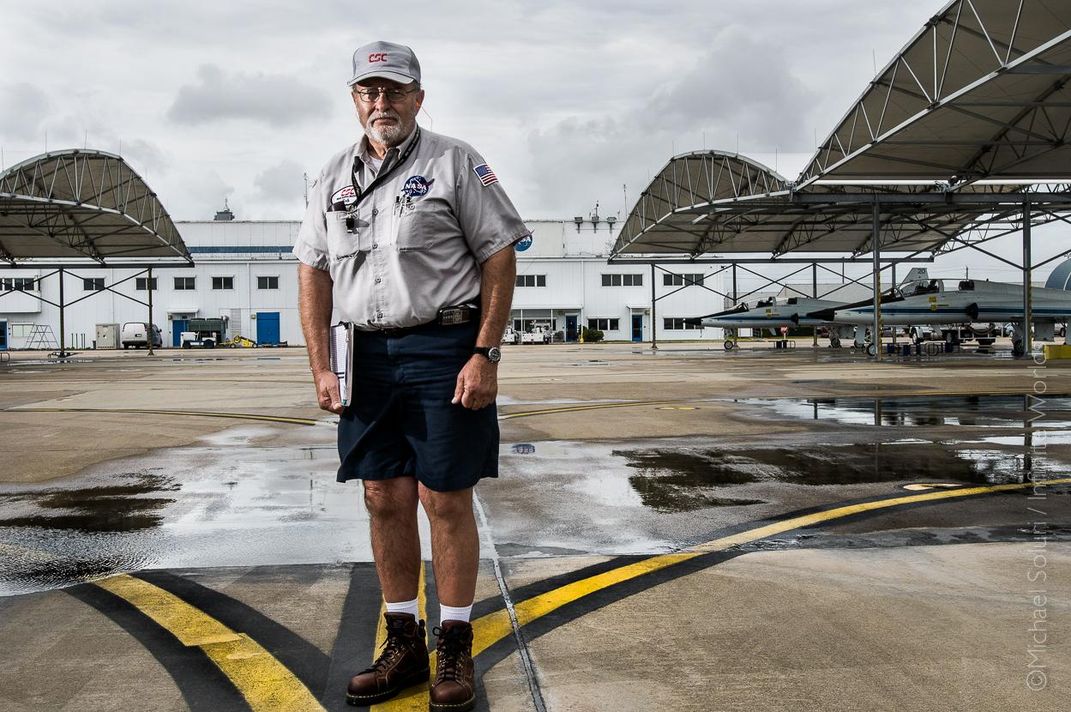
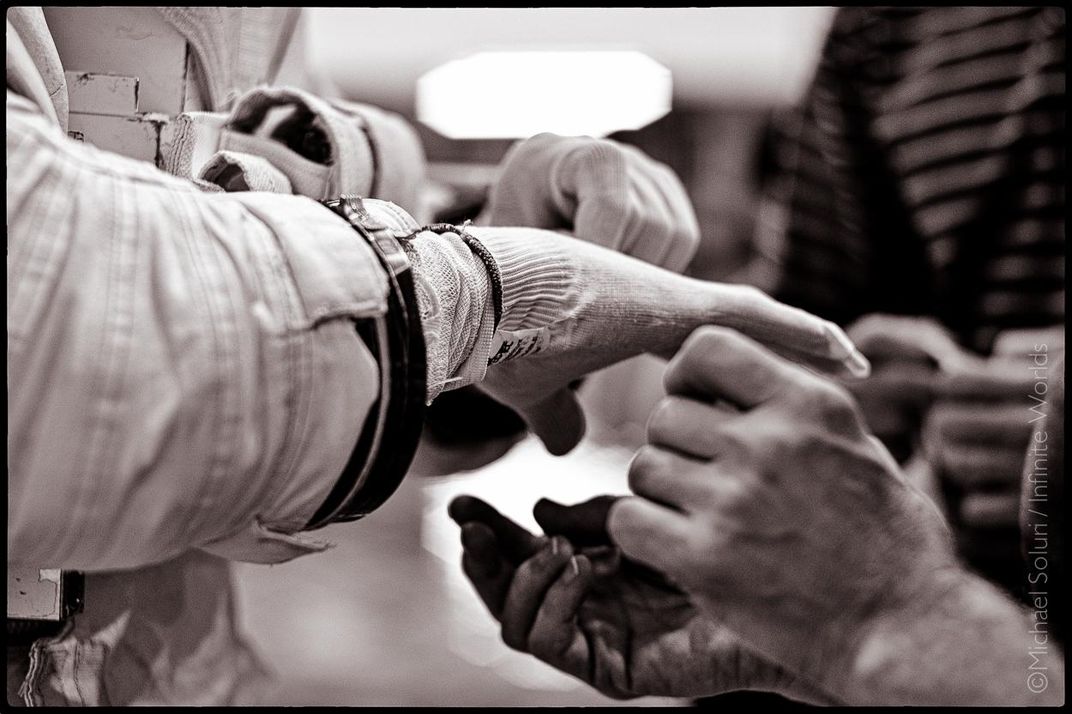
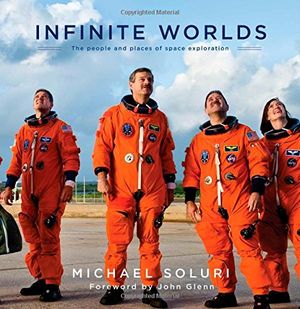
/https://tf-cmsv2-smithsonianmag-media.s3.amazonaws.com/accounts/headshot/Screen_Shot_2018-08-01_at_7.20.11_PM.png)